ECA zone calculator launched
Onboard software integrates ECA zone information and calculation tools to evaluate the most cost effective voyage track.
Applied Weather Technology, Inc. (AWT), has announced its BVS onboard software provides details regarding Emission Control Areas (ECAs) and calculation tools to evaluate the most cost effective voyage track.
Using the latest version of BVS, captains manage their voyage track by displaying ECA zones and making them "no-go" areas. By doing this, they can see their voyage track outside and inside the ECA zones. Simply moving waypoints in BVS allows captains to visualize the impact of time in the ECA zone and compare it to the overall effect of time en route. The result is that the captain has the information to sail the optimal route.
"With BVS's ECA zone calculation tools, captains can make informed decisions about how much time to sail inside or outside these zones," said Rich Brown, vice president of product management, AWT. "Our goal is to give captains and ship operators the data they need to manage voyage costs while complying with IMO regulations."
On August 1, 2012, North America Emissions Control Area (ECA) zones become enforceable. The regulation is part of Annex VI to the MARPOL Convention entitled "Regulations for the Prevention of Air Pollution from Ships".
The regulation dictates that the ECA Zones extend up to 200 nautical miles (NM) from coasts of the United States and Canada, including a portion of the Hawaiian Islands. In the ECA Zones, ships are required to burn fuel with sulfur content not exceeding 1.00%. Notable exceptions to this area are the Aleutian Islands and Arctic waters of North America.
To learn more about AWT's BVS onboard system, please visit www.awtworldwide.com/products/bon-voyage-system.asp
Using the latest version of BVS, captains manage their voyage track by displaying ECA zones and making them "no-go" areas. By doing this, they can see their voyage track outside and inside the ECA zones. Simply moving waypoints in BVS allows captains to visualize the impact of time in the ECA zone and compare it to the overall effect of time en route. The result is that the captain has the information to sail the optimal route.
"With BVS's ECA zone calculation tools, captains can make informed decisions about how much time to sail inside or outside these zones," said Rich Brown, vice president of product management, AWT. "Our goal is to give captains and ship operators the data they need to manage voyage costs while complying with IMO regulations."
On August 1, 2012, North America Emissions Control Area (ECA) zones become enforceable. The regulation is part of Annex VI to the MARPOL Convention entitled "Regulations for the Prevention of Air Pollution from Ships".
The regulation dictates that the ECA Zones extend up to 200 nautical miles (NM) from coasts of the United States and Canada, including a portion of the Hawaiian Islands. In the ECA Zones, ships are required to burn fuel with sulfur content not exceeding 1.00%. Notable exceptions to this area are the Aleutian Islands and Arctic waters of North America.
To learn more about AWT's BVS onboard system, please visit www.awtworldwide.com/products/bon-voyage-system.asp
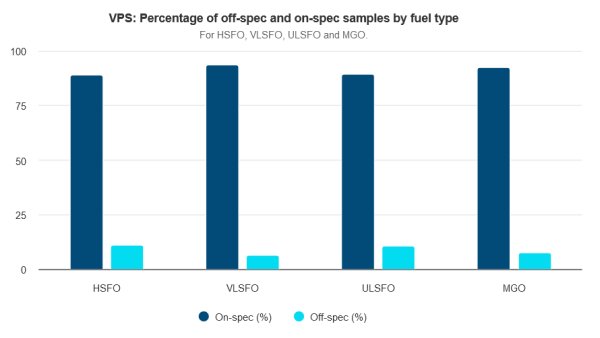
|
Is your vessel fully protected from the dangers of poor-quality fuel? | Steve Bee, VPS
Commercial Director highlights issues linked to purchasing fuel and testing quality against old marine fuel standards. |
|
|
|
||

|
GDE Marine targets Suape LSMGO by year-end
Expansion plan revealed following '100% incident-free' first month of VLSFO deliveries. |
|
|
|
||
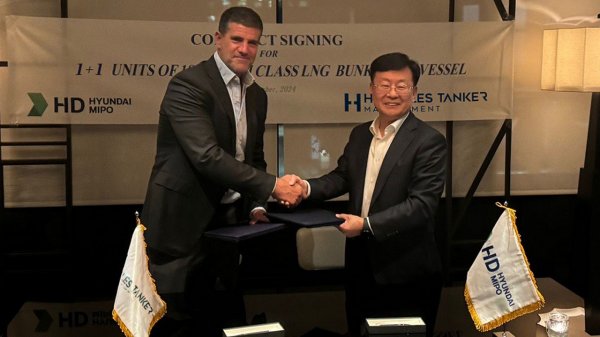
|
Peninsula CEO seals deal to build LNG bunker vessel
Agreement signed through shipping company Hercules Tanker Management. |
|
|
|
||

|
Auramarine supply system chosen for landmark methanol-fuelled tugs
Vessels to enter into service in mid-2025. |
|
|
|
||
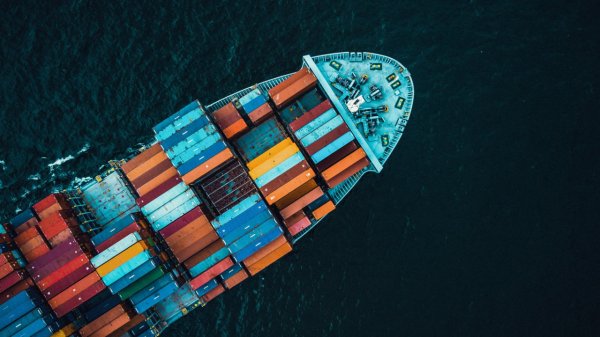
|
Rise in bunker costs hurts Maersk profit
Shipper blames reroutings via Cape of Good Hope and fuel price increase. |
|
|
|
||

|
Dan-Bunkering posts profit rise in 2023-24
EBT climbs to $46.8m, whilst revenue dips from previous year's all-time high. |
|
|
|
||
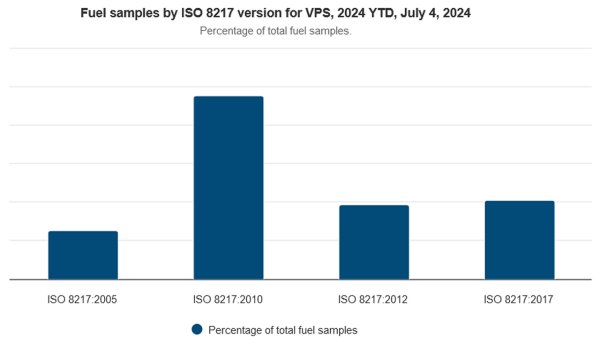
|
ISO 8217:2024 'a major step forward' | Steve Bee, VPS
Revision of international marine fuel standard has addressed a number of the requirements associated with newer fuels, says Group Commercial Director. |
|
|
|
||
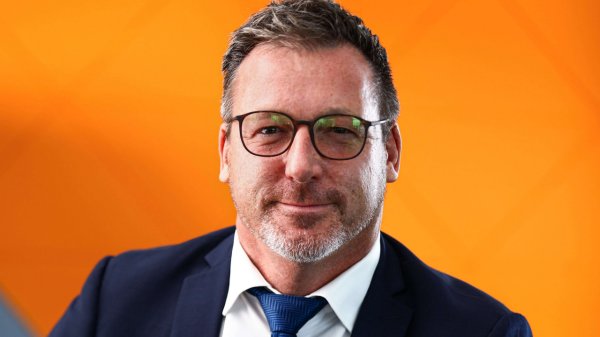
|
EBT down 45.8% for Glander International Bunkering
CFO lauds 'resilience' as firm highlights decarbonization achievements over past year. |
|
|
|
||

|
KPI OceanConnect posts 59% drop in pre-tax profit
Diminished earnings and revenue as sales volume rises by 1m tonnes. |
|
|
|
||

|
Delta Energy's ARA team shifts to newly launched Verde Marine
Physical supplier offering delivery of marine gasoil in the ARA region. |
|
|
|
||
Related Links
- · Ship routing firm integrates onboard tools [Insights]
- · New release of fleet management system [Insights]
- · AWT integrates AIS for vesel monitoring [Insights]
- · Ship routing system integrates Google Earth [Insights]
- · United States [Directory]

